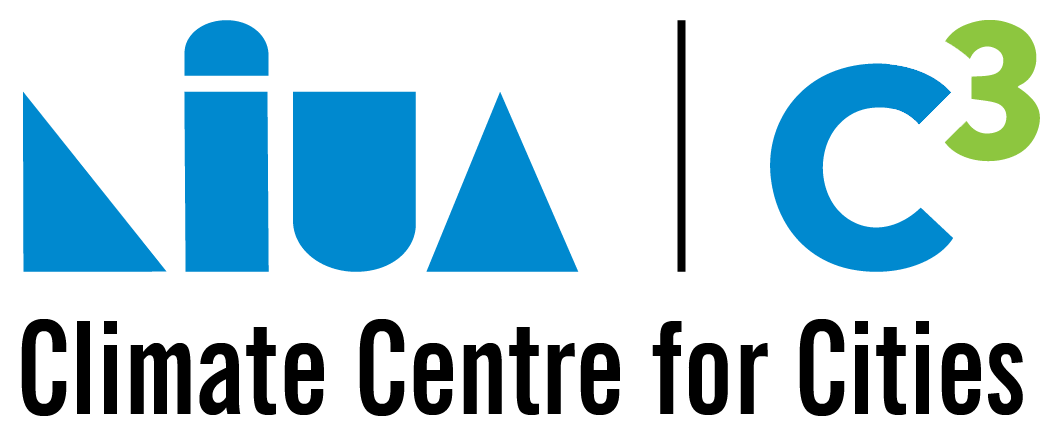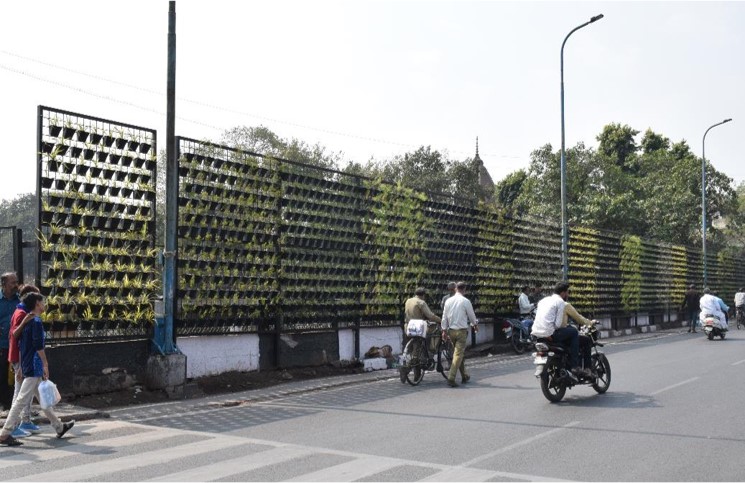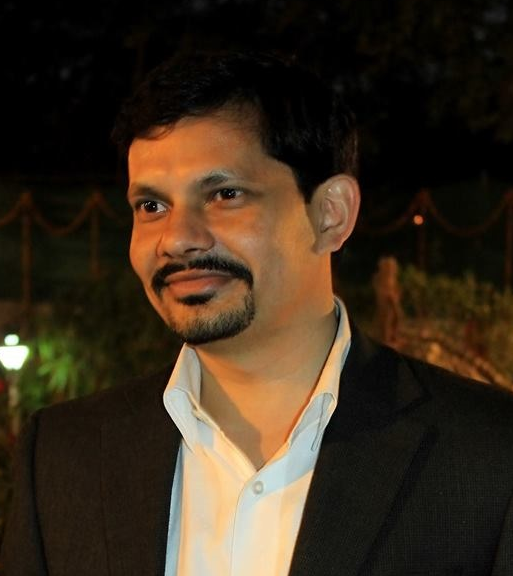Clean Air Action Plans for cities and their corresponding challenges
Published On:
Wednesday, January 6, 2021
Ambient air pollution became one of the major health threats for the Indian population during recent decades. It would go on to kill about one million people in the country in 2019. A vast majority of the population is continuously exposed to bad air, which does not follow the Indian Central Pollution Control Board’s (CPCB) standards and the World Health Organization’s air quality guidelines. Air quality level in Indian cities stands as worst in the world, as 21of the 30 cities in the world with the worst air quality are in India.
To help with this, the government set up a National Clean Air Programme (NCAP) in 2019. Its goal was to tackle air pollution problems of cities and states with a long-term, time-bound strategy to achieve a 20-30% reduction in the Particulate Matter (PM10) ambient concentrations by 2024 (taking 2017 as the base). The NCAP has so far identified 122 non-attainment cities from 20 states and three union territories based on National Ambient Monitoring Program (NAMP) stations' ambient PM10 violation trends data. It has asked these cities to prepare City Clean Air Plans, including mitigation strategies for every air pollution contributing sectors like transport, industries, municipal solid waste, construction, etc.
An effective clean air action plan is a powerful tool for achieving clean air for cities, comprising a list of mitigation measures for every air pollution source. Though, most of the non-attainment cities are facing various challenges in developing it. Most of these cities do not have the organizational and individual capacity in terms of skills, workforce, and understanding to support these plans. A skilled workforce is critical for developing effective mitigation strategies and communicating accurately with stakeholders. The current clean air action plan is the State Pollution Control Board and Municipal Corporation offices' joint responsibility. These organizations have multiple responsibilities and less workforce capacity, which sometimes leads to less attention to the clean air action plan.
Another challenge is generating data to support the clean air action plan. Most air pollution sources lack primary activity data required for developing source-specific strategies. There is no data available for city-specific vehicle populations, vehicle kilometres, construction activities, municipal solid waste burning, industries, the presence of appropriate technologies for air pollution control in industries, etc. Cities lack a suitable number of continuous and manual monitoring stations to capture representative air quality data. Available monitoring stations are not able to capture data with proper guidelines.
According to a study, in 2019, 73% of manual monitoring stations could not collect the air quality data according to the CPCB guidelines. The city clean air action plan under NCAP is not notified under any Act; therefore, it does not legally bind any authorities into implementing mitigation measures. As air pollution sources are not limited to city boundaries, clean air plans need to consider both city (core) and the surrounding region (buffer) for effective mitigation strategies with the airshed approach, which they lack now.
Although cities face several challenges while developing these plans, recent development in the area of air quality management is a constructive step towards ensuring clean air in India. Compared to the last decade, there is a slight improvement in data availability, air quality monitoring, and India's technical capacity. However, Indian cities need to do a lot to improve capacity, technical skills, monitoring, data, and workforce. In terms of data, a one-point data portal for each city where policymakers, researchers can find the city-specific data of pollution sources one of the urgent requirements for all the cities. It would help save money and time, analyze the contribution of different sectors, and assess the short and long-term impact of policies. City clean air action plan should not be treated as a one-time job. After assessing past, clean action plans, cities should build on them on regular intervals for future strategies. There should also be mandatory norms for each city to develop a plan to be able to properly assess local and regional air pollution sources and mitigation actions. The air did not worsen to the existing levels in a short duration, so cleaning it will also take a considerable duration. But it will be well worth the effort.
Views expressed here are the author’s own.
Contact Us
1st and 2nd Floor, National Institute of Urban Affairs
India Habitat Centre Lodhi Road New Delhi-110003
Please Call Help Desk at 011-411-86699
Monday - Friday, 9:00 AM - 5:00 PM
Please write to us at c-cube@niua.org







Post a Comment